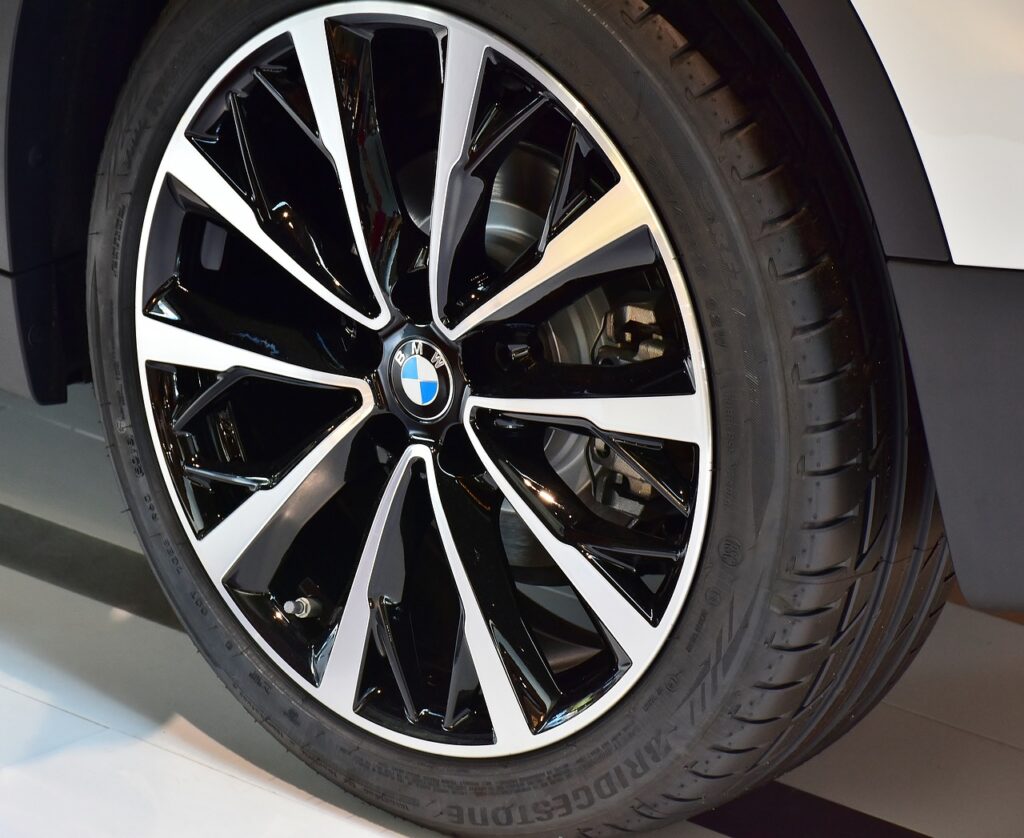Tire sidewall damage is more than a cosmetic issue – it can compromise vehicle performance as well as your safety on the road. Every driver should understand the implications of sidewall damage and know how to address it effectively.

What is Sidewall Damage?
Sidewall damage refers to any harm sustained by the tire’s sidewall – the part of the tire between the tread and the bead. Common types of damage include cuts, punctures, bulges, and cracks. These issues can arise from various sources, including road debris, improper inflation, and hitting curbs or potholes.
Why is it Dangerous?
Ignoring sidewall damage can have serious consequences. A compromised sidewall weakens the tire’s structural integrity, increasing the risk of a blowout or loss of control while driving. Even minor damage can worsen over time, leading to sudden tire failure and potentially catastrophic accidents.
Signs of Sidewall Problems
Regular inspections are crucial for detecting sidewall damage early. In addition to getting preventative maintenance and inspections, be on the lookout for:
- Signs of cuts
- Tire bulges
- Unusual wear patterns
- Tire pressure inconsistency
- Embedded objects or protruding nails
Even though most of us drive every day, it is easy to overlook all of these signs. It is important to be intentional about regularly checking out tire condition.
How to Correct the Damage
If you notice sidewall damage, take immediate action. Small cuts or punctures may be repairable by a professional tire technician. However, larger or more severe damage often necessitates tire replacement. Attempting to repair extensive sidewall damage can compromise your safety and the tire’s performance.
How to Prevent Sidewall Issues
Preventing sidewall damage starts with cautious driving. Avoid potholes, road debris, and contact with curbs whenever possible. Also, maintain proper tire inflation according to the manufacturer’s recommendations, as underinflated tires are more susceptible to damage. Investing in high-quality tires with reinforced sidewalls can also provide added durability.
Protect Yourself by Protecting Your Tires
By understanding the causes of tire sidewall damage and recognizing its signs, drivers can ensure their safety on the road. Regular inspections, cautious driving habits, and prompt repairs or replacements are essential practices for every responsible driver. A little vigilance today can prevent a serious accident tomorrow.
